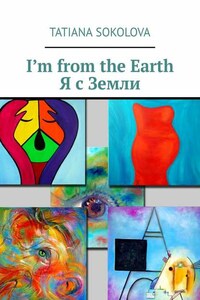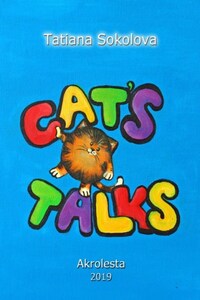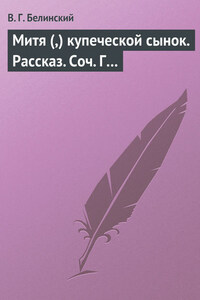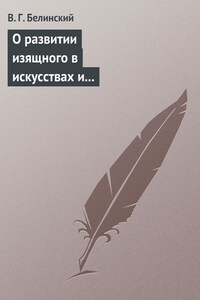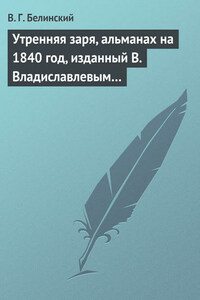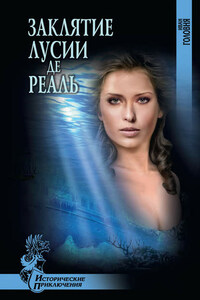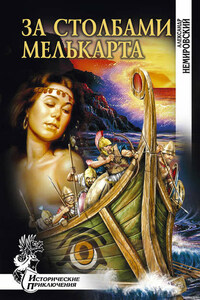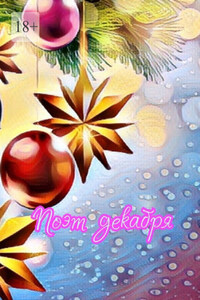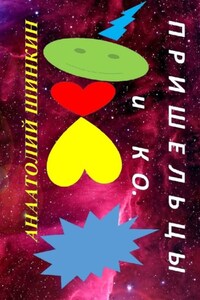Brain drain
Утечка мозгов
Acril, canvas 60x40
Family portrait. In front of the TV
Семейный портрет перед телевизором
Oil, canvas, 70x50
Crowd
Толпа
50x70cm, acryl, canvas
The Halo
Сияние
50x40cm, oil, canvas
Puzzle
Пазл
30x40cm, acryl, canvas
Way
Путь
50x70cm, acryl, canvas
Expecting a child. Best home.
В ожидании ребенка. Лучший дом
40x40cm, acryl, canvas
Life on Earth
Жизнь на Земле (Шарик)
30x40cm, acryl, canvas
Grid (Sight)
Решетка (Взгляд)
Gouache, 15x20
Pan-man
Дур-шлак
40x40cm, acryl, canvas
Shark-shoe
Акулья туфелька
Oil, canvas 40x40
Macho
Мачо
Oil, canvas 40x40
Continents
Континенты
Watercolor, inc, 40x30cm
Catstilllife (Chaturmorte)
Котюрморт
Oil, canvas 40x50
What’s happening in this world?!
Что случилось с этим миром?!
40x40cm, acryl, canvas
The symbol of hippy is terrified by the actions of people.
Gerald Herbert Holtom (1914 – 1985) was a British artist and designer. He designed the ND logo («pacific»), which was adopted, non-exclusively, by the British Campaign for Nuclear Disarmament (CND), and became an international peace symbol.
On 21 February 1958 he designed the nuclear disarmament logo for the first Aldermaston March, organised by the Direct Action Committee against Nuclear War (DAC) in Easter 1958 (4—7 April).
The logo was not copyrighted and later became known in the wider world as a general-purpose peace symbol. The design was a combination of the letters «N» (two arms outstretched pointing down at 45 degrees) and «D» (one arm upraised above the head) of the flag semaphore alphabet, standing for nuclear disarmament.
(Wikipedia)
Символ «пацифик», использованный в этой картине, придумал художник Джеральд Герберт Холтом, разрабатывая логотип для движения «за ядерное разоружение» (CND). Позднее, этот логотип стал неофициальным международным символом мира и активно использовался в субкультуре хиппи.
Aliens
Другие
Oil, canvas, 50x50
Caution!
Осторожно!
Oil, canvas, 50x40
Ordinary – Talent – Genius
Обыватель – Талант – Гений
30x60cm, acryl, canvas
Optimist – Artist – Pessimist
Оптимист – Художник – Пессимист
60x30cm, acryl, canvas
A man and a naked woman. Nude. +18
Мужчина и обнаженная женщина
40x40cm, oil, canvas
Range of vision
Кругозор
50x50cm, oil, canvas
Artist’s window
Окно художника
Oil, canvas, 50x50
The premonition of Munch (Portrait of the XX century)
Предчувствие Эдварда Мунка (Портрет 20-го века)
Oil, pastel, canvas, 50x50
In the foreground of the picture is a figure from the painting of Edward Munch’s «Scream».
In the background is the entrance to the concentration camp of Auschwitz.
На переднем плане изображена фигура с картины Эдварда Мунка «Крик».
На заднем плане – ворота концлагеря Освенцим.
«The Scream (Norwegian: Skrik) is the popular name given to each of four versions of a composition, created as both paintings and pastels, by Norwegian Expressionist artist Edvard Munch between 1893 and 1910. The works show a figure with an agonized expression against a landscape with a tumultuous orange sky. Arthur Lubow has described The Scream as «an icon of modern art, a Mona Lisa for our time.»
Edvard Munch created the four versions in various media. The National Gallery in Oslo, Norway, holds one of two painted versions (1893). The Munch Museum holds the other painted version (1910) and a pastel version from 1893.
The fourth version (pastel, 1895) was sold for $119,922,600 at Sotheby’s Impressionist and Modern Art auction on 2 May 2012 to financier Leon Black, the fourth highest nominal price paid for a painting at auction.
Auschwitz concentration camp was a network of concentration and extermination camps built and operated by Nazi Germany in occupied Poland during World War II. It consisted of Auschwitz I (the original concentration camp), Auschwitz II—Birkenau (a combination concentration/extermination camp), Auschwitz III—Monowitz (a labor camp to staff an IG Farben factory), and 45 satellite camps.
Auschwitz II—Birkenau went on to become a major site of the Nazis’ Final Solution to the Jewish Question during the Holocaust. From early 1942 until late 1944, transport trains delivered Jews to the camp’s gas chambers from all over German-occupied Europe, where they were killed en masse with the cyanide-based poison Zyklon B, originally developed to be used as a pesticide. An estimated 1.3 million people were sent to the camp, of whom at least 1.1 million died. Around 90 percent of those were Jews; approximately one in six Jews killed in the Holocaust died at the camp. Others deported to Auschwitz included 150,000 Poles, 23,000 Romani and Sinti, 15,000 Soviet prisoners of war, 400 Jehovah’s Witnesses, and tens of thousands of others of diverse nationalities, including an unknown number of homosexuals. Many of those not killed in the gas chambers died of starvation, forced labor, infectious diseases, individual executions, and medical experiments.
As Soviet troops approached Auschwitz in January 1945, most of its population was sent west on a death march. The prisoners remaining at the camp were liberated on 27 January 1945, a day now commemorated as International Holocaust Remembrance Day. In the following decades, survivors such as Primo Levi, Viktor Frankl, and Elie Wiesel wrote memoirs of their experiences in Auschwitz, and the camp became a dominant symbol of the Holocaust.»
(Wikipedia)
Scream – картина Эдварда Мунка (существует 4 версии, в т.ч. пастельная). Картины с этим названием написаны Эдвардом Мунком между 1893 и 1910 годами.
Артур Луб описал Крик как «икону современного искусства, Мону Лизу за наше время». Пастельная версия этой картины (1895) была продана за 119 922 600 долларов США на аукционе Sotheby’s 2 мая 2012 года.
